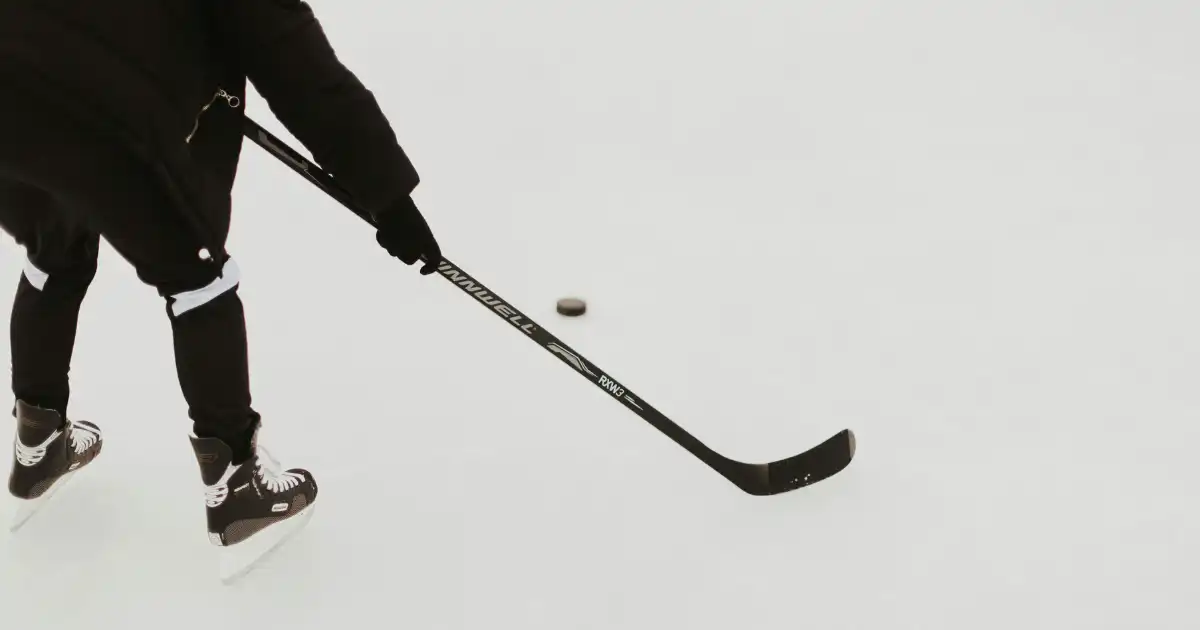Do You Need to “Break In” a Composite Stick? Let’s Find Out
Every hockey player knows the excitement of unboxing a brand-new stick. The glossy finish, the perfect flex, and the untapped potential—it’s an exhilarating moment. But one question that often comes up is whether you need to “break in” your new composite hockey stick before hitting the ice at full force. Some players swear by a break-in period, while others believe modern sticks are game-ready from the first shift. So, what’s the truth about breaking in a new hockey stick? Let’s separate fact from fiction and find out how to get the most out of your new twig from day one.
The Myth of “Breaking In” a Composite Stick
Older hockey sticks, especially those made from wood, often needed a break-in period. The fibers in wooden sticks would settle and adjust to repeated impacts, meaning the feel and performance could improve over time. However, today’s composite hockey sticks are a different breed entirely.
Modern Composite Construction
Hockey sticks have evolved significantly, with carbon fiber and advanced resin systems replacing traditional wood. Composite sticks, like those from All Black Hockey Sticks (ABHS), are engineered for peak performance right out of the box. The key reasons why composite sticks don’t require a break-in period include:
• Consistent Manufacturing: Composite sticks are designed with precise flex ratings and blade construction, ensuring a uniform feel from day one.
• Pre-Tested Durability: High-performance sticks undergo rigorous testing to withstand the demands of intense play.
• No Material Shifting: Unlike wood, carbon fiber doesn’t compress or change shape over time in the same way, meaning there’s no “settling in” period needed.
Reality: Getting Used to Your Stick vs. Breaking It In
While composite sticks don’t require a break-in period, players may need time to adjust to a new stick’s feel, flex, and blade pattern. Here are a few key factors to consider when transitioning to a fresh twig:
Adjusting to Flex and Kick Point
Every stick has a specific flex rating and kick point, and switching to a different model or stiffness can impact your shot mechanics. If you’re moving from an 85-flex to a 75-flex, for example, you might need a few practice shots to get used to the increased whip.
Getting Comfortable with the Blade
Blade patterns affect puck handling, passing, and shooting. If you’ve changed to a different curve, take a few warm-up shots and stickhandling reps to fine-tune your touch.
Tape Job and Grip Preferences
A fresh stick might feel different simply because of a new tape job or grip. Experiment with different taping styles and grip applications to find what feels best.
Maximizing Performance from Day One
Even though composite sticks don’t need breaking in, here are some tips to ensure optimal performance from your first shift:
• Warm Up with Stickhandling Drills: Get a feel for the blade and flex by stickhandling before stepping into a game situation.
• Take a Few Shots in Practice: Work on wrist shots, snapshots, and slap shots to get comfortable with the stick’s response.
• Check Your Tape and Grip: A fresh tape job on the blade and a comfortable grip can enhance control and confidence.
Conclusion: No Break-In Needed—Just Play!
The idea that composite hockey sticks need a break-in period is a myth. Unlike wood sticks, modern composite sticks are built for peak performance right out of the box. While you may need some time to adjust to the feel of a new stick, there’s no need to ease into it—just hit the ice and let it rip!
If you’re looking for a high-performance stick at an unbeatable price, check out All Black Hockey Sticks (ABHS). Designed for elite play without the premium price tag, ABHS sticks offer pro-level specs right from the first shift.
Ready to upgrade your game? Grab your ABHS stick today and feel the difference instantly!
#HockeyLife #ABHS #CompositeSticks #NoBreakInNeeded #LetItRip

